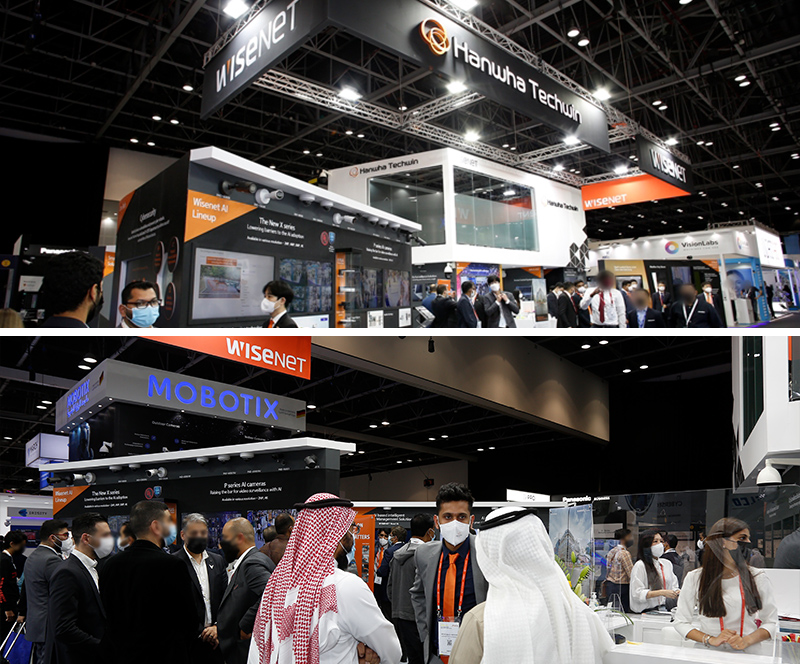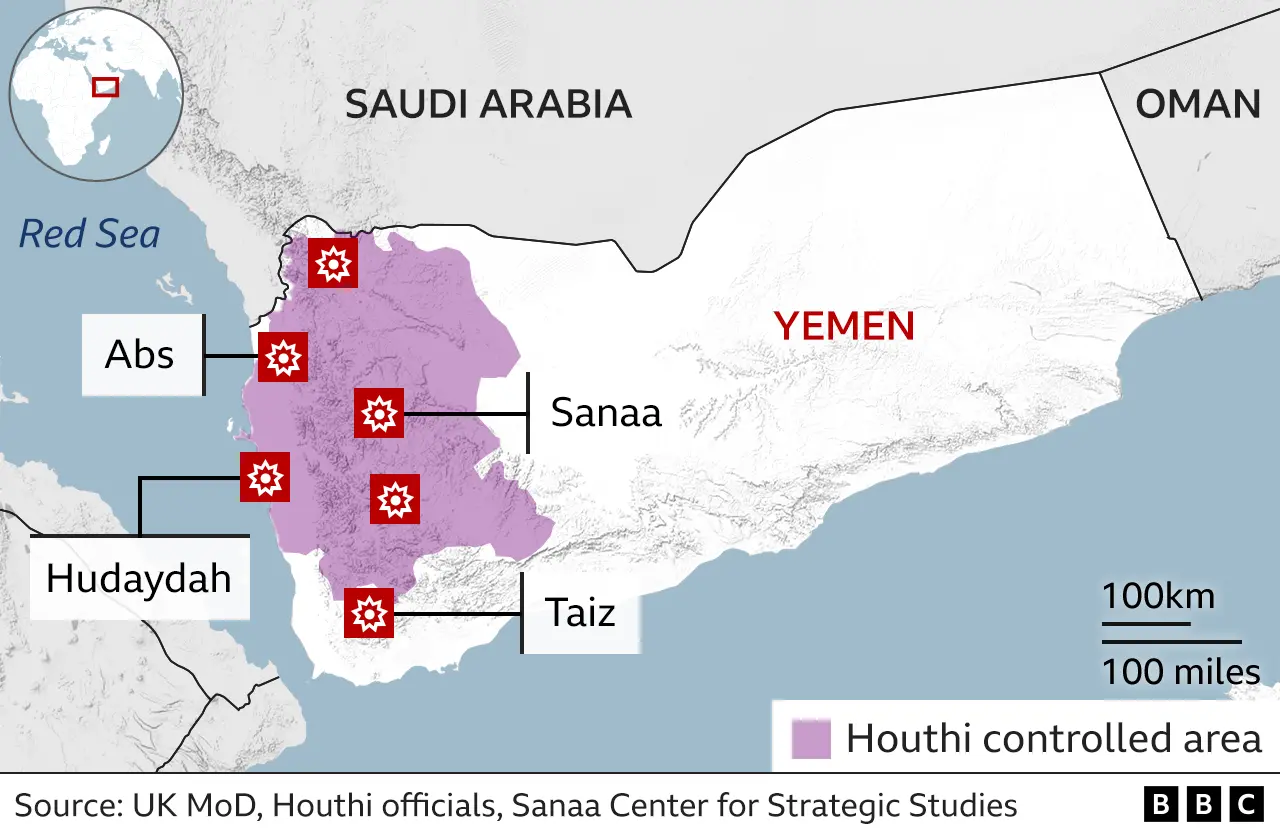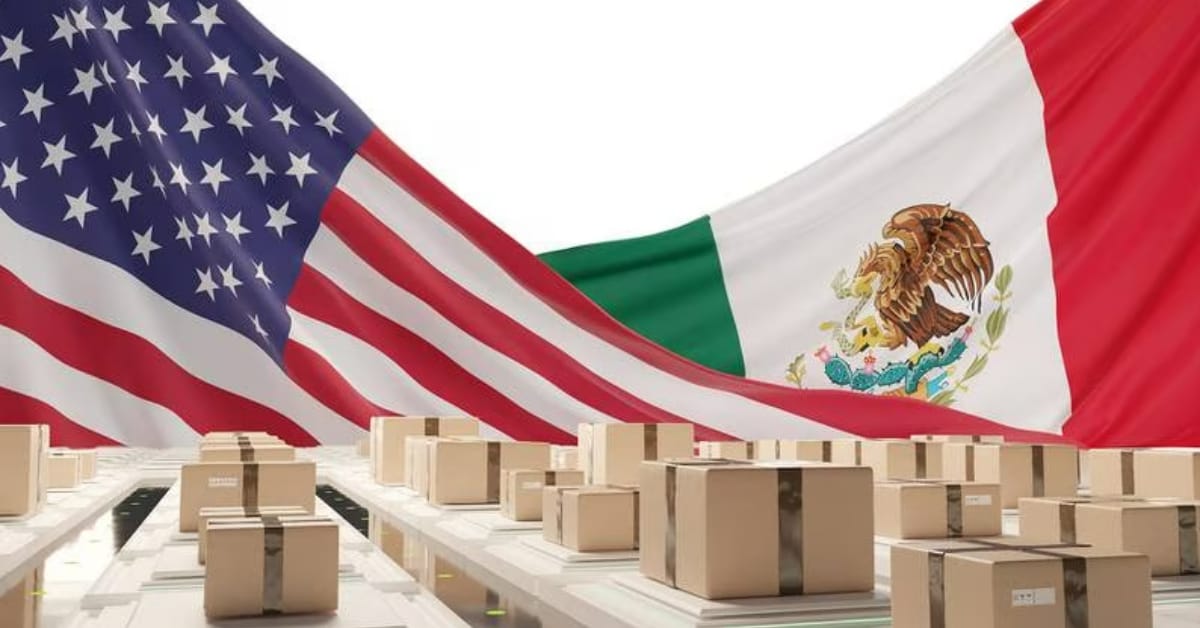Folks, let’s cut through the noise. Vladimir Putin just wrapped up a marathon, four-hour sit-down with US Special Envoy for Middle East Affairs, Steven Witkoff, in St. Petersburg last night. Four hours! That’s not a photo op; that’s serious business.

This wasn’t some sterile, government building meeting, either. They met within a historical exhibition, ‘Russia Through the Eyes of Travelers,’ surrounded by decades of diplomatic history. Subtlety, anyone?
Kremlin aides Ushakov and Dmitriev were also present, suggesting discussions weren’t solely limited to the Middle East, potentially touching on broader geopolitical issues. Look, we all know direct communication between Washington and Moscow is… complicated, to say the least these days. This meeting, though, hints at a vital, if discreet, backchannel remaining open.
Now, let’s dive a bit deeper. The Middle East is a pressure cooker.
Historically, the region’s complex web of conflicts stems from colonial legacies, religious differences, and resource competition.
Currently, the Israel-Hamas conflict dominates headlines, but wider regional stability remains threatened by proxy wars and Iranian influence.
US involvement historically focused on supporting Israel and containing Iran, while Russia has cultivated relationships with multiple regional actors, including Syria and Iran.
These divergent approaches often create friction, but shared interests, like preventing broader escalation, can provide points of convergence, creating dedicated communication channels.





